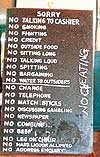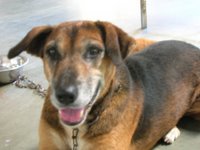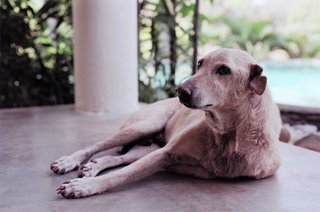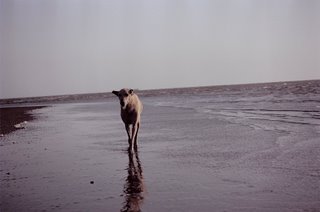As promised, a continuation of the series on origins of the names of localities in Mumbai. See Mumbai names 1 here. This list is still incomplete and to be continued..
Bandra: This name is supposed to have been derived from ‘Bandar’, which means port in Marathi and Hindi. Bandra today has been designated as the “Queen of the suburbs” and is an important railway station on the western line between Mahim and Khar.
Parel: The area derives the name from a tree called paral or padal (trumpet flower tree) which used to grow abundantly in this area. This was a part of ‘girangaon” – ‘mill-town’ or literally “village of the mills”, which housed many cotton mills. It is also an important station on the Central line between Curry Road and Dadar.
Mandvi: It is said that the first residential buildings in the Umarkhadi area came up at Mandvi in the eighteen century, as Mandvi was a low-lying area and thus the first to be reclaimed. In Marathi, it means the Custom House probably because it was located on the eastern shores of Mumbai and the harbour customs used to be located here during Portuguese days. In Gujarati, it means a market.
Pydhonie: It is known as Pydhonie as it was located the tip of the creek at Umarkhadi where the sea water (through the Great Breach, now called Breach Candy) used to touch and therefore called Pydhonie or ‘foot wash ‘. Pay means feet and Dhoni means wash. As Gillian Tindall rightly says, “It is probably the best part of three hundred years since anyone had the opportunity to wash his feet at this dusty cross-roads”. Pydhonie is a busy commercial area, which is located near Kalbadevi, and Mumbadevi (patron goddess of Mumbai) temple is located here.
Dhobi Talao: This area was named as washermen (Dhobi) used to come and wash clothes at a tank, which existed here, in olden times. Though the tank like most of the others in Bombay were covered up, the area continues to be called by the name. This area of South Mumbai houses the Metro theatre, The Xavier’s High School & College and the Elphinstone Technical High School
Walkeshwar: It was named after ‘Wallukeshwar” – the sand Lord, there still exists the Walkeshwar temple (not in its original form) which was originally built by the Silhara dynasty kings. This area is located in South Mumbai before you climb onto Malabar hill and the Governor’s bungalow and the heritage Banganga Tank is located here.
Matharpacady: Dilip D’Souza has a good explanation, He says, the name comes from "mhatara" (old man) and "pakhadi", which may be like "wadi" meaning a small locality. See his post on Mathapacady here. This is truly a heritage precinct with old Portuguese cottages and houses.
http://dcubed.blogspot.com/2006/05/old-peoples-garden.html
Lalbag: This area was named because of the country house that Pestonjee Wadia; brother of Jamsheji Wadia built for himself. Today, this country house is probably “Wadia Baug” as it was converted into a complex of low-rent flats for Parsis. Lal Bagh is located in Central Bombay and used to house many mills and factories.
Gowalia Tank: Another tank existed in this area, which was used to bathe cows. Comes from the Marathi word – Gaie – Cow and Wali – owner of the cow. It is said that the August Kranti Maidan by which the area is known today was built on top of the tank. This also was the historic site from where Gandhiji launched the Quit India movement on August 8, 1942. This area lies between Nana Chowk and Kemps Corner in South Mumbai.
Goregaon: One version says that Goregaon was named after the Gore family who were active in politics. Another says that it was so named as it means white village in Marathi, as it was a large milk-producing center since olden times. This important suburb of Mumbai is also a station on the western railway line between Jogeshwari and Malad.
Charni Road: The name is derived from Charne in Marathi, which means grazing. Grazing lands were supposed to have been located in this area and cattle and horses used to be brought here for grazing. Charni Road is an important train station on the western line located between Grant Road and Marine Lines.






